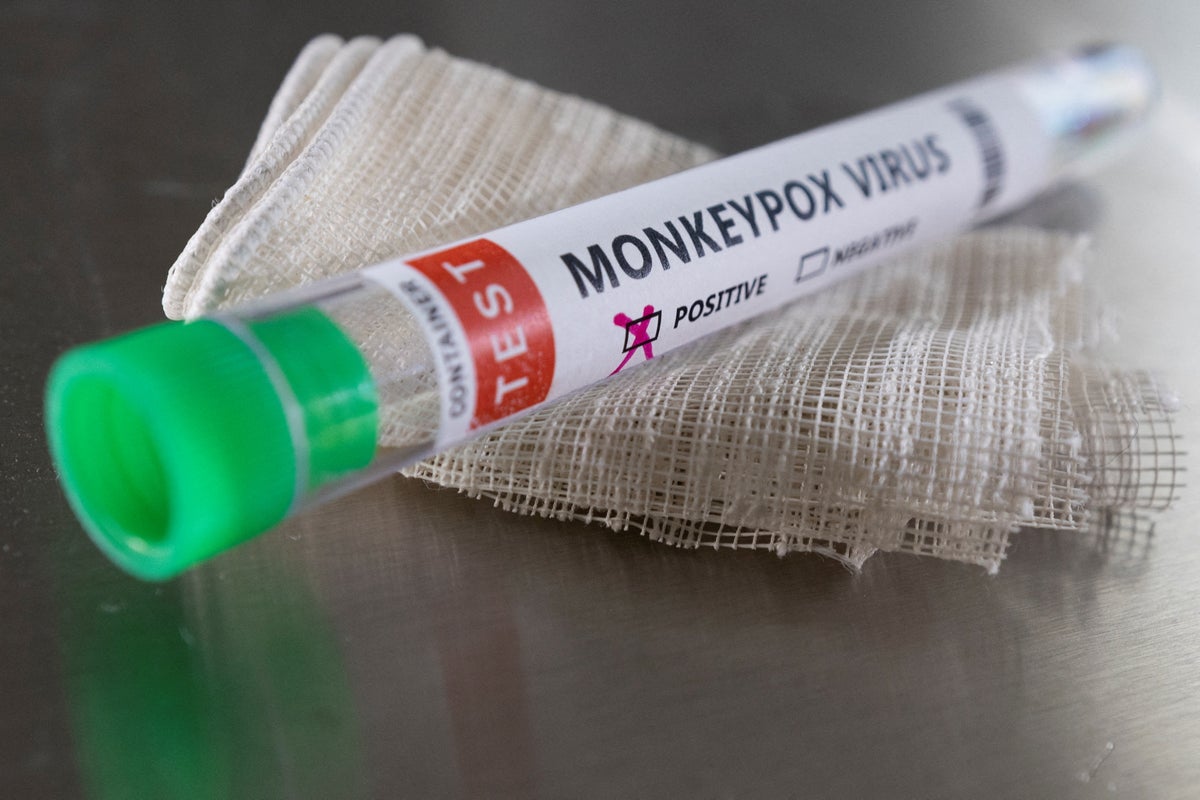
The World Health Organisation has announced that the monkeypox outbreak has spread to 23 non-endemic countries in less than a month, with 257 confirmed cases and around 120 suspected infections.
The contagious virus is commonly found in the African countries of Cameroon, Central African Republic, the Democratic Republic of Congo and Nigeria.
But most cases in the latest outbreak have no established travel links to an endemic area, which has sparked alarm in several countries. No deaths have been reported so far in countries not usually known to have outbreaks of the virus.
Though the UN health agency’s latest tally estimates that there are almost 400 potential infections since the first case of the virus in this outbreak was reported in early May, the WHO says this is likely to be an undercount.
“The situation is evolving rapidly and the WHO expects that there will be more cases identified as surveillance expands in non-endemic countries, as well as in countries known to be endemic who have not recently been reporting cases,” the organisation said.
The UK has the highest number of cases at 106, followed by Portugal, where there are 49 cases. Canada has 26 confirmed cases and an almost equal number of suspected ones, while the US has 10 cases.
While no death has been reported in non-endemic countries, the WHO said five African countries saw 69 deaths between mid-December and late May. These five countries also recorded 1,365 cases.
Even as the virus continues to spread, the WHO said there are many unanswered questions about what triggered the unprecedented outbreak of monkeypox outside of Africa. There is currently no evidence of any genetic changes in the virus itself.
Early epidemiology suggests a high proportion of cases have been reported among gay or bisexual men but “all efforts should be made" to avoid stigmatisation of affected people and communities, the WHO said.
The health agency estimated that the overall risk to public health from the virus is “moderate considering this is the first time that monkeypox cases and clusters are reported concurrently in widely disparate WHO geographical areas”.
“Additionally, the sudden appearance and wide geographic scope of many sporadic cases indicates that widespread human-to-human transmission is already underway, and the virus may have been circulating unrecognised for several weeks or longer,” it added.
The virus, which was initially transmitted to humans by contact with the blood or bodily fluids of contaminated primates, or via intermediary rodents such as tree squirrels and Gambian rats, is much more likely to be caught from fellow humans.
It causes relatively mild viral infection. Patients suffer fever, headaches, swellings, back pain, aching muscles and a general listlessness in its opening stages.
It is then followed by rashes on the face and body, evolving into crusted blisters, which can then take three weeks to heal and disappear.
The mortality rate from the disease has been around 3 per cent to 6 per cent in recent times.







